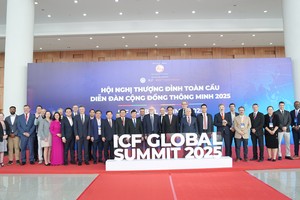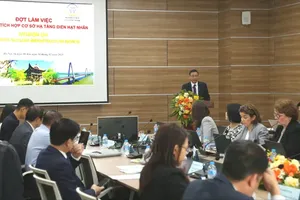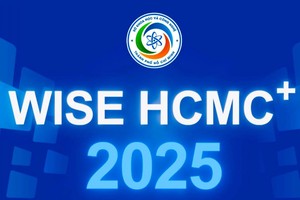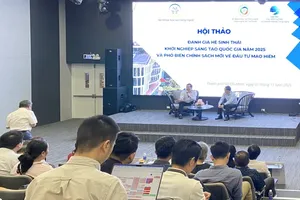From there, the entire process, ranging from infrastructure investment and technology deployment to data business models, can be structured to generate value for society while opening opportunities for investors.
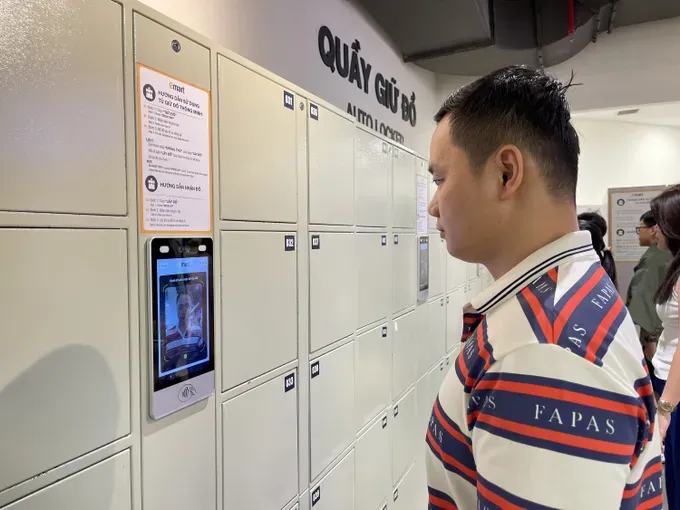
The rapid evolution of services like ride-hailing in Ho Chi Minh City offers a clear example of data's transformative power. A traveler's experience, which may have been challenging in 2023 due to technological glitches and navigation issues, can become seamless by 2025.
This story highlights that ride-hailing is not merely about calculating a fare for a trip, it is also about a constant stream of data being updated and refined: routes, travel habits, timing, vehicle types, and more. If such data were in the hands of Vietnamese enterprises, it could serve as a powerful resource for both the State and society to address challenges in transport, environmental management, and beyond.
More importantly, it could provide the foundation for high-value industries such as artificial intelligence (AI).
Supporting domestic services, therefore, is not simply a matter of consumer choice; it is also an investment in tomorrow. It is a way for every citizen to contribute, in small but meaningful ways, to ensuring Vietnam secures a stronger position in the coming era of digitalization and green transformation.
Equifax is one of the three largest and oldest data companies in the United States. What makes Equifax particularly notable is its more than 120-year history of pioneering the transformation of data into a commercial asset—building business models based on data monetization. Equifax has established a closed-loop process: data is filtered and standardized, then processed and analyzed with advanced models to predict risk.
Finally, this information is packaged into data products and offered to banks, insurers, and businesses in the form of business solutions.
From the example of Equifax and international practices, Vietnam can envision models such as industry-specific datasets, leading toward the creation of a data exchange with transparent licensing regulations, standardized pricing, and sandbox environments where enterprises can experiment under the supervision of associations and government agencies.
A decentralized data linkage model is also a vision to pursue. At its core is federated learning and on-site computation, allowing organizations to extract value from data without transferring raw data externally.
At a data conference held in Ninh Binh in August 2025, with the participation of 120 international experts, speakers underscored the importance of establishing principles for data use. First, any exploitation of personal data must have a legitimate purpose and obtain clear user consent.
Second, data should be treated as a strategic national asset—shared under conditions that prioritize safety, transparency, and traceability. Data utilization should proceed step by step, with social benefits carefully assessed before scaling business models.
Benefits for all stakeholders must be defined
Data is an asset that must generate value for everyone. This involves benefits across four levels of stakeholders. At the national level, data can attract both domestic and foreign investment into priority sectors, particularly in fostering innovation within data development.
For businesses and investors, benefits include risk-sharing mechanisms and legal support to reduce concerns when entering new projects. Consumers, in turn, gain directly through cheaper, faster, and safer services powered by data. Finally, a National Data Association would play the role of encouraging both users and enterprises to participate in the data ecosystem, thereby indirectly enriching the pool of available data.
To fully harness the power of data, Vietnam should begin by implementing pilot programs in key sectors. In urban transport, for example, aggregating data from sources like ride-hailing services, parking facilities, and public transport can provide a comprehensive view of city movement. This integrated data can then be used to develop smart solutions that reduce wait times and optimize traffic flow, leading to more efficient and less congested cities.




